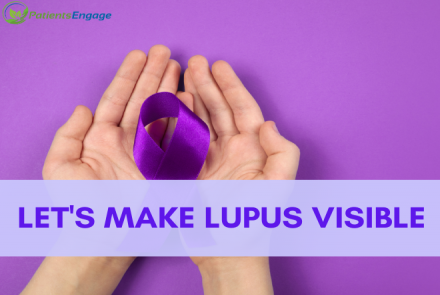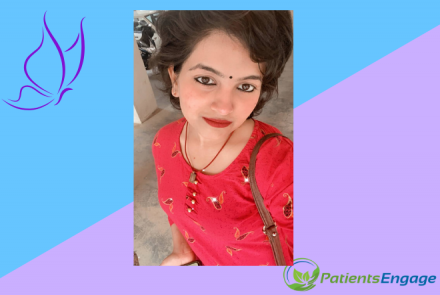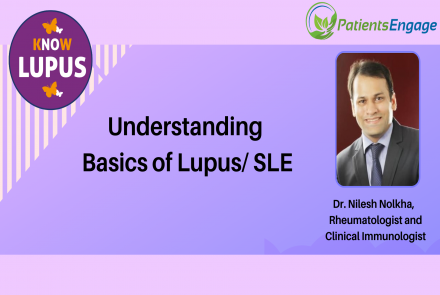
Lupus is a chronic, autoimmune disease that can damage any part of the body (skin, joints, and/or organs inside the body). Chronic means that the signs and symptoms tend to last longer than six weeks and often for many years. Lupus affects about 5 in 10,000 people.
Who is affected by lupus?
Most often, lupus starts in people in their 20s and 30s. It occurs 10 times more often in women than in men. The disease is more common in some ethnic groups, mainly blacks and Asians. Other risk factors include exposure to sunlight, certain medications, infection with Epstein-Barr virus, and exposure to certain chemicals. In Asia, countries such as *India and Japan have a lower incidence of lupus whereas Shanghai has higher prevalence.
*Osio-Salido E, Manapat-Reyes H, Epidemiology of systemic lupus erythematosus in Asia, Lupus, 2010 Oct;19(12):1365-73.
Air pollution, especially the particulate matter released when fossil fuels and other materials are burned, has been associated with lupus risk.













